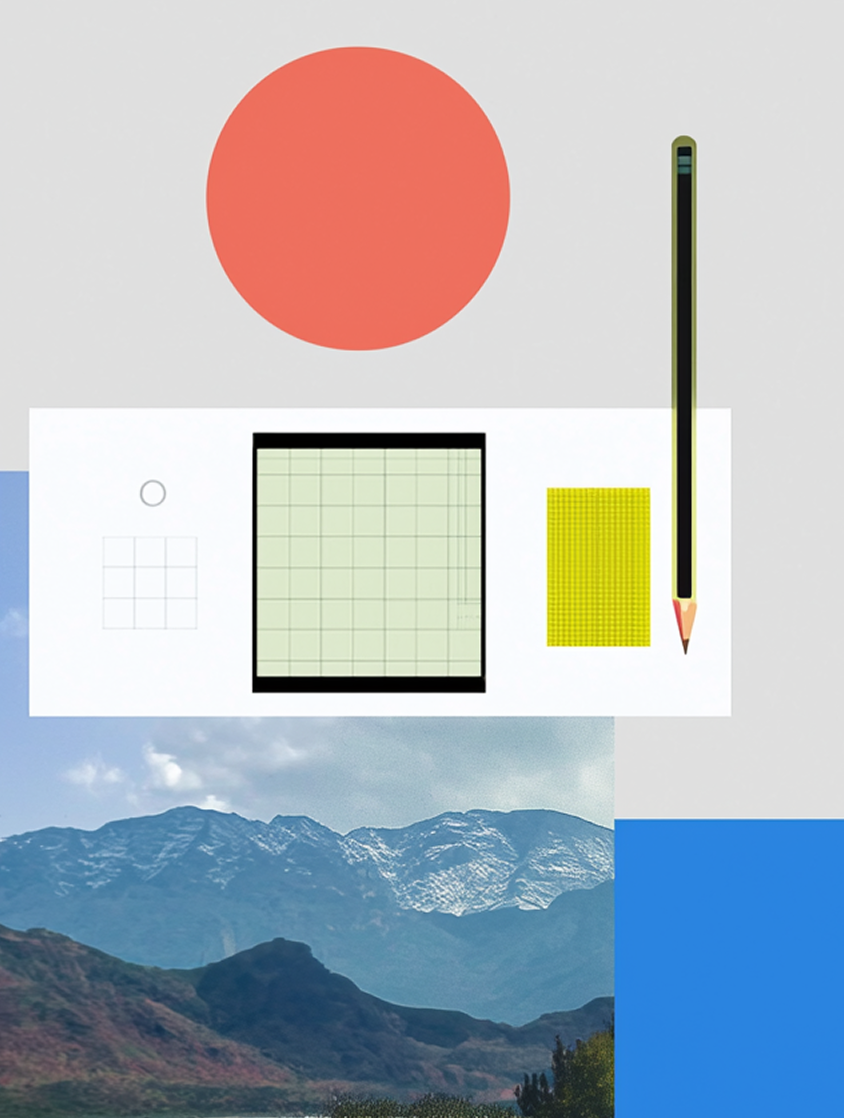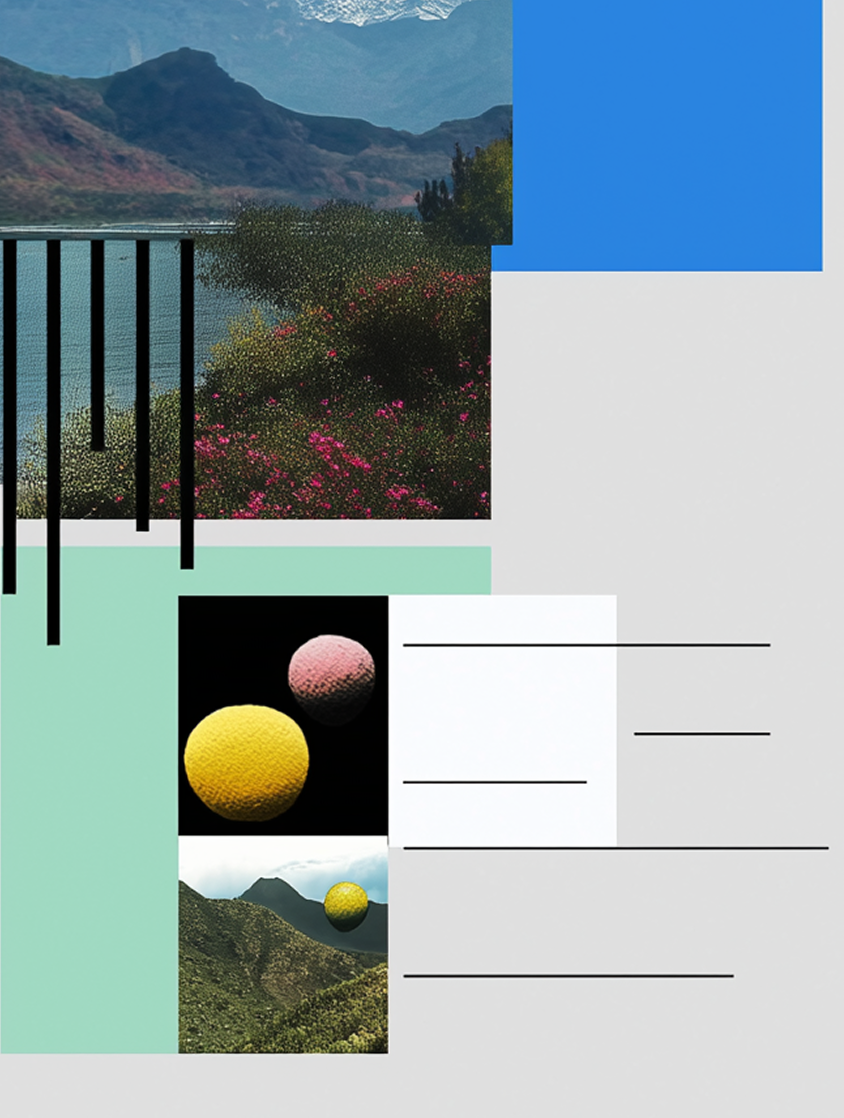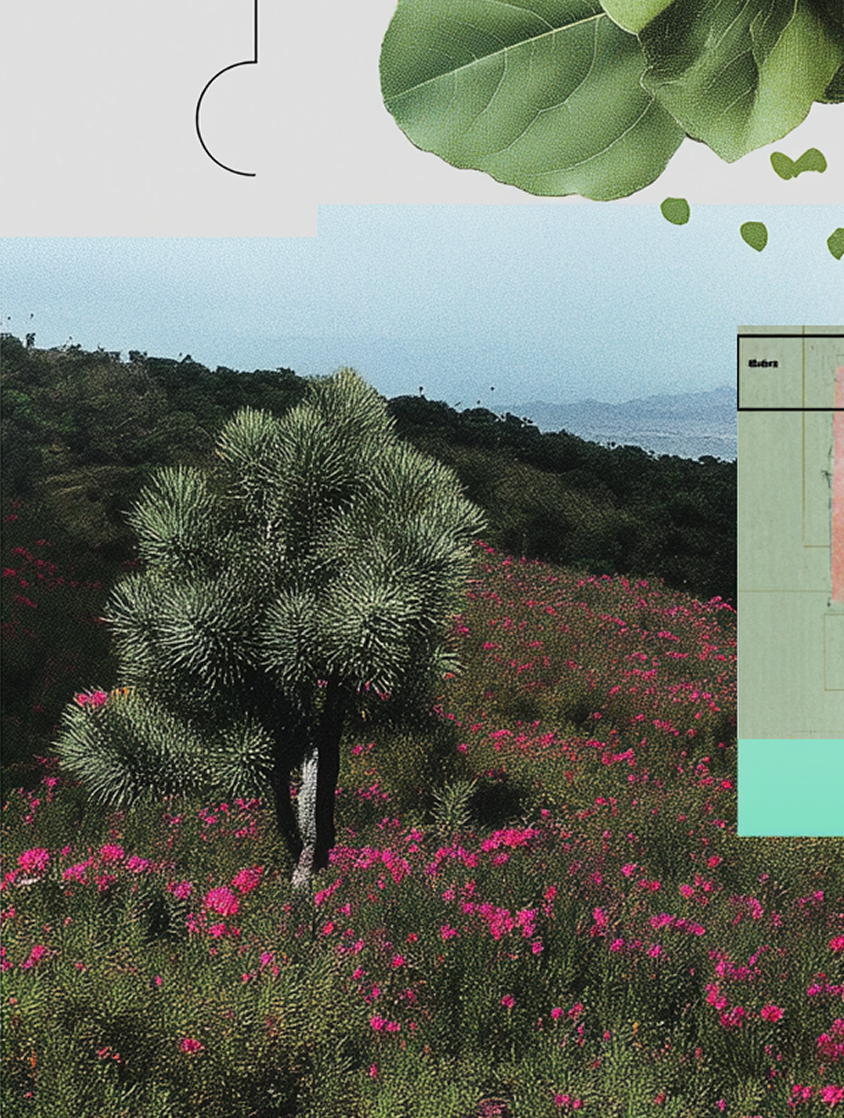
Reframing creativity, AI, and the future of creative work—not as a threat, but as a shift in how we collaborate.
AI isn’t replacing creativity—it’s reshaping how we work, think, and collaborate. For the next generation of designers, knowing how to ask the right questions might matter as much as knowing how to draw.
Watching the pace of AI’s evolution—and how quickly it’s becoming accessible to everyone—has been both inspiring and, honestly, a little scary. That tension hit me hard recently when my 7th-grade daughter told me she wants to be a designer like me.
Part of me was thrilled. But the other part—the protective dad part—immediately started asking: What will creative jobs even look like in ten years? Will there be any left?
I think a lot of us have felt this tug-of-war. On the one hand, it’s exciting to use AI to solve problems in new ways, to learn something instantly, or even to do things completely outside your skillset—like building a simple app. On the other hand, it’s hard to ignore just how much AI is already reshaping nearly every industry.
For many creatives, AI still feels like a threat. It carries the stigma of being a job-stealer—or at best, a faster way to crank out more stuff. And honestly, I get that. There’s some truth to it.
Not long ago, most people assumed AI would disrupt manufacturing, admin, or customer service jobs first—while creative work would be safe thanks to its nuance, craft, and imagination. But what’s actually happened is that some of the most visible, rapid advances in AI have landed squarely in the creative world.
That can be unsettling. But I’ve decided to lean in.
Because here’s the truth I’ve come to:
Creativity used to start with a blank page. Now it starts with a question.
That’s not a downgrade—it’s a new mode. A new kind of collaboration. A new way of working that expands the role of creative thinking, rather than eliminating it.
Over the past year, I’ve approached AI like a sandbox—trying new tools, testing ideas, and using it to solve familiar problems in unfamiliar ways. And what I’ve found is this: AI is more than a shortcut. It’s become a kind of creative collaborator. Yes, it streamlines parts of my process. But more than that, it deepens my thinking, expands my perspective, and challenges me in ways I didn’t expect.
It’s become my go-to, always-on partner—ready to explore, push back, and build alongside me.
We all know the value of having someone to bounce ideas off of. But we don’t always have that person available. AI fills that gap in my process. It doesn’t get tired, stuck, or offended. It just keeps exploring with me.


How I Use AI as a Creative Thought Partner
01. To Think Wider, Faster, and Beyond My Biases
Early in the design process, I use AI to generate broader, faster starting points than I could come up with alone. I’m not looking for perfect answers—just range. I treat it like a teammate who helps me think in directions I might not have considered.
Oddly enough, using AI forces me to get sharper about what I’m designing and why. Like any creative process, the quality of the output depends entirely on the quality of the input. It keeps me honest.
02. To Make Abstract Ideas Concrete
We’ve all been in brainstorms or workshops where we leave with more ideas than we know what to do with. AI helps me shape those raw ideas into something more tangible—surfacing themes, building structure, or helping move from “interesting” to “actionable.”
Sometimes, just seeing something written out—an outline, a sketch, a wireframe, a rough draft—is enough to unlock clarity. It’s like having a fast-moving design partner who helps take ideas a little further, a little faster.
03. To Create a Feedback Loop That Pushes Back
AI isn’t just a generator—it’s a sparring partner. I often use it to test my thinking: to play devil’s advocate, offer counterpoints, or surface blind spots. It helps me step outside my own perspective and stress-test ideas before they go further.
One of my favorite ways to use AI is to compare a design recommendation to the original brief. It keeps things aligned—and sometimes highlights where I may have drifted without realizing it.
A New Creative Skillset
It’s still early, and no one really knows the full impact AI will have on creative work. But one thing feels certain: how we use the tools is becoming just as important as the tools themselves.
A new skillset is emerging—one rooted in communication, clarity, and coaching.
On a recent podcast, Aparna Chennapragada shared something that stuck with me: “Natural Language Experience is the new UX.” That line has been ringing in my head ever since. Learning how to interact with AI—how to clearly articulate your needs, write effective prompts, train models, and guide outcomes—will become a core part of creative work moving forward.
Prompting isn’t just a technical skill. It’s a creative one.


The Future of Creativity Is Still Creative
Creativity has always thrived on collaboration—and AI simply makes that collaboration constant. It’s a powerful, accessible partner that belongs in every creative’s toolkit. The future isn’t about human versus machine, but human with machine.
And going back to that moment with my daughter—that pause I felt when she told me she wanted to be a designer—I realized something. That conversation wasn’t so different from the one I had with my own parents when I chose to study design. To them, it was unfamiliar. A little risky. Hard to picture.
Now it’s me on the other side of the conversation.
The tools, workflows, and roles will change. But creativity isn’t going anywhere. If she decides to pursue it, I believe there will still be endless opportunities—they’ll just look different. They’ll come with new collaborators, new skills, and new ways of thinking.
And among those collaborators, I imagine AI will be one of the most powerful—and the most personal.
Contributors
Zeus Jones helps brands live in the future.